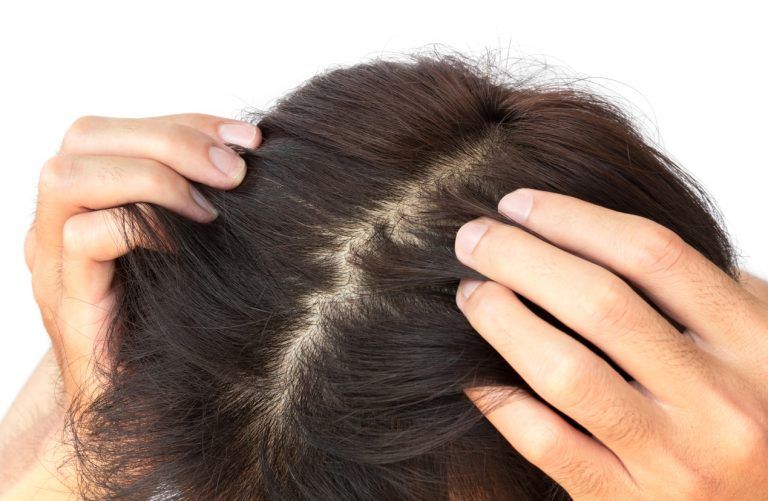When proper care is not taken, the scalp can completely influence the appearance and health of the strands.
What do you know about your scalp? Associated with hair treatment, for those who like a special care with the strands, having a healthy scalp is essential. Even if it is not a source of more serious problems, knowing its characteristics and taking some precautions can make all the difference when it comes to having beautiful hair.
The scalp is known to be the fabric of hair. Being a complex structure formed by various details and nerve endings, it has a direct influence on the proper functioning of the organism, and vice versa. In other words, taking care of your scalp means taking care of your health. Neglecting its treatment, for example, can cause various complications of the hair, often irreversible.
The structure is composed of three main layers: the skin, or epidermis, the dermis and the subcutaneous tissue. Along with them, there is also the loose connective tissue and the periosteum. In addition, the scalp still has a huge variety of nerve endings, blood vessels, fat, oil-producing, and sweat-producing, such as the sebaceous and sweat glands and the person responsible for “manufacturing hair,” the hair root. Therefore, it is a complex region, every detail sensitive enough to respond according to what is inflicted on it.
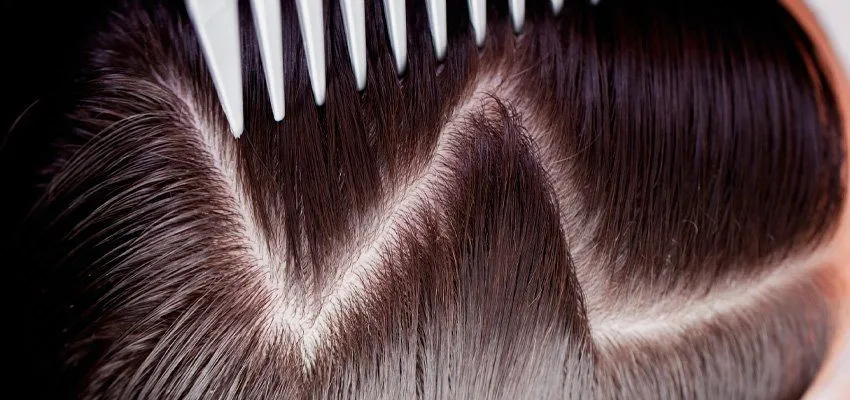
Every action on the scalp leads to a reaction. Even tying your hair too tight can cause a rupture of the thin, tiny muscles that comprise each hair bulb, or root. Performing stretching of the strands, brushing them very hard and using excessive tiaras can have negative effects on the future appearance of the hair, and for this reason, it is necessary to pay more attention to the health and appearance of the scalp. Here are 6 complications or hair diseases.
Problems associated with the scalp
Suffering from dandruff, excessive hair loss, oiliness or even a more serious problem? Primarily, it is important to take into account that such problems may be associated with the way you take care of your scalp. Despite this, most of the hair diseases are of genetic origin, and have no relation to lifestyle habits.
1 – Hair loss, or alopecia
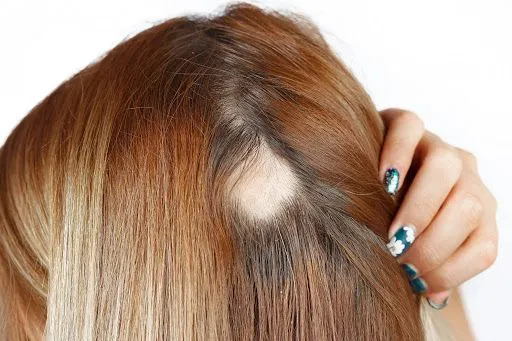
Alopecia is generally directly related to health, both physical and mental. There are several different denominations for hair loss, which occurs when the volume of hair lost daily is greater than 150. Among genetic, hormonal, and even nutritional causes, three of the most common types of alopecia are are areathe, androgenetics, and by traction.
Alopecia areata
Alopecia areata is an immune defect or genetic alteration that affects both men and women between the ages of 20 and 50. As a result, rounded flaws appear on the scalp, which can also appear in the beard or other parts of the body, taking the name of universal alopecia areata. In this sense, it is possible that there is hair loss, body hair and eyebrows as well.
When existing, the effects of this type of alopecia do not take long to appear, and may occur overnight. Other factors, such as physical, emotional and infection traumas, can influence their speed and severity. Despite this, alopecia areata is not a permanent defect. Because it is inflammation, hair can grow back again, as soon as it is treated.
Androgenetic Alopecia
The famous baldness, androgenetic alopecia is the most common case of hair loss and, likewise, affects both men and women, although its effects are more observed in men over 50 years. This is due to the action of the hormone DHT, or dihydrotesterone, responsible for thinning the strands to the point where they begin to fall. The baldness is irreversible.
Even if it also affects women, in this case, the signs of baldness are less apparent, due to the production of estrogen and progesterone, female hormones that protect the strands from the consequences of DHT.
Alopecia by traction
First of all, traction is the effect of the constant pulling of the wires, such as hairstyles, cokes, appliqués, braids and also emotional factors, such as the habit of tearing the tins caused by stress. Different types of drugs are also responsible for hair loss, such as anabolics, antidepressants, anticonvulsants, isotretinoin and even anti-inflammatory drugs. Traction alopecia is reversible, since it is treated before the healing of the bulbs, which prevents the hair from growing again.
2 – Foliculitis
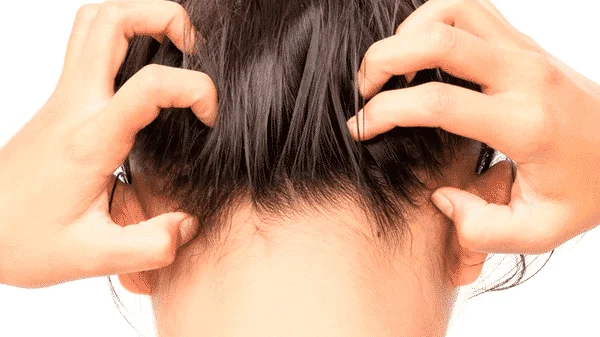
Folliculitis is not exclusive to the scalp. Inflammation of the hair follicles, the overall structure of the hair, can occur in several different regions of the body. Being both superficial and deep, the cause of folliculitis is infection, which can be either viral, bacterial or fungal.
Above all, it is necessary to consult a doctor to treat the problem, so that it is possible to assess the degree of the disease. From the diagnosis, it is possible to treat it with the correct recommendations, often being necessary to use antibiotics.
3 – Psoriasis on the scalp
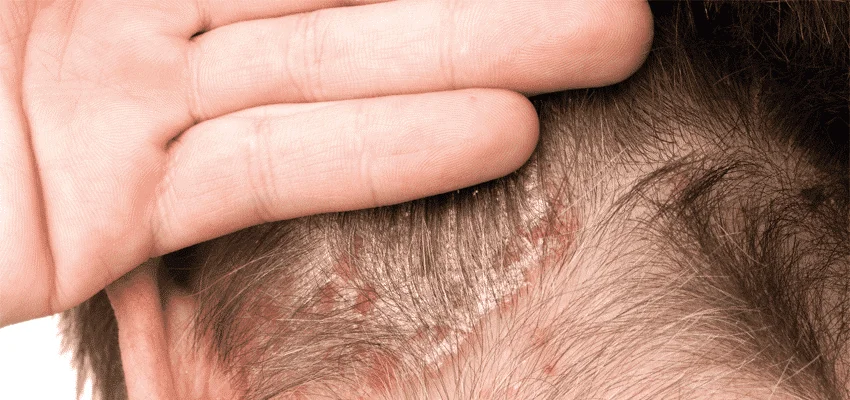
Manifening in the form of red patches that easily deflage in regions such as the scalp, knees and elbows, psoriasis is not contagious. Nevertheless, it is related to the immune system and genetic issues. There is no cure for the disease, but it is possible to prevent much of your symptoms by adopting healthy habits, such as a balanced diet, avoiding drinking and smoking and decreasing stress. In advance, however, it is crucial to consult a doctor.
4 – Telogen Effluvium
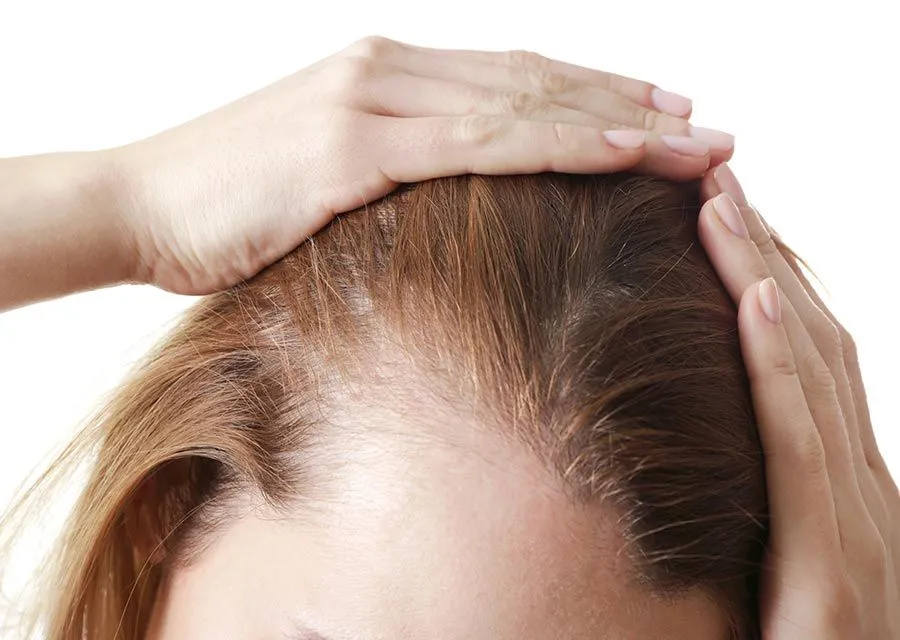
Like alopecia, telogen effluvium causes hair loss, but its effects are temporary. It is common for the wires to grow back from 2 to 4 months. Thus, it is not necessary to seek more specific treatments, but even so it is necessary to consult a doctor, so that it is possible to assess the severity of the case. When associated with other complications, such as androgenetic alopecia, it is possible to seek ways to accelerate recovery. The complication can manifest itself in two ways: acute and chronic.
Effluvium Acute Telogen
There are a number of possibilities that justify the emergence of acute effluvium. The most common are situations associated with restrictive diets, postpartum period, sinusitis, pneumonia, fever, anemia, deregulated diabetes, metabolic or infectious diseases and surgeries such as bariatric. In addition, stress can be an important factor for the manifestation of the problem, or even medications that have as a side effect changes in the scalp and hair health.
Effluvium chronic telogen
On the other hand, chronic effluvium is not caused by situations, but rather by periods of time, such as once or twice during the year or even every two years. The complication is associated with autoimmune diseases, such as Hashimoto’s thyroiditis, responsible for causing inflammation in the thyroid, leading to weight gain, hair loss, dry skin and other possible emotional problems.
5 – Dermatitis seborrheic
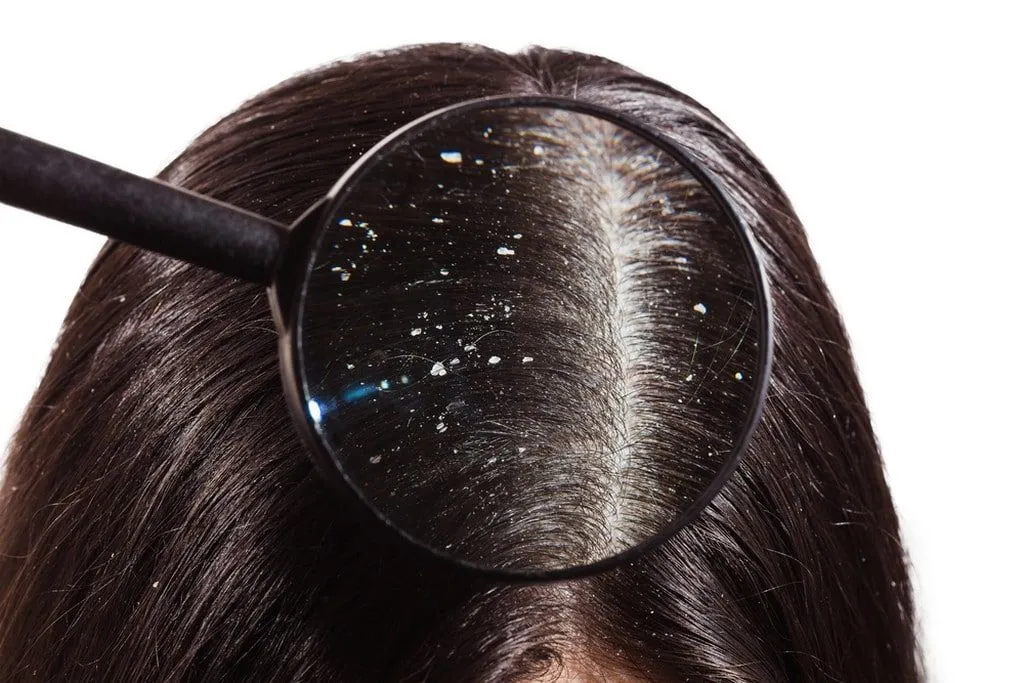
You’ve probably heard of inflammation, but by its most popular name: dandruff. seborrheic dermatitis is a chronic inflammation that has no cure, but despite popular opinion, it is not contagious. As a result, it causes the flaking of the scalp of a whitish or yellowish color, in addition to possible redness. Despite this, it is possible to have dandruff in other regions of the face, such as beard, ears, eyebrows and even nose. Shambreak can cause itching, irritation, wounds and redness.
Seborrheic dermatitis can be caused by a number of factors: excess oil in the scalp, emotional stress, genetic issues, medications, fatigue, low temperatures, fungal proliferation and even alcohol. It does not have a definitive treatment, but there are several possibilities that help prevent its appearance, simple care such as not washing hair in hot water, not sleeping with wet hair, not applying creams and conditioners on the scalp and not using caps often.
6 – Leaky plan
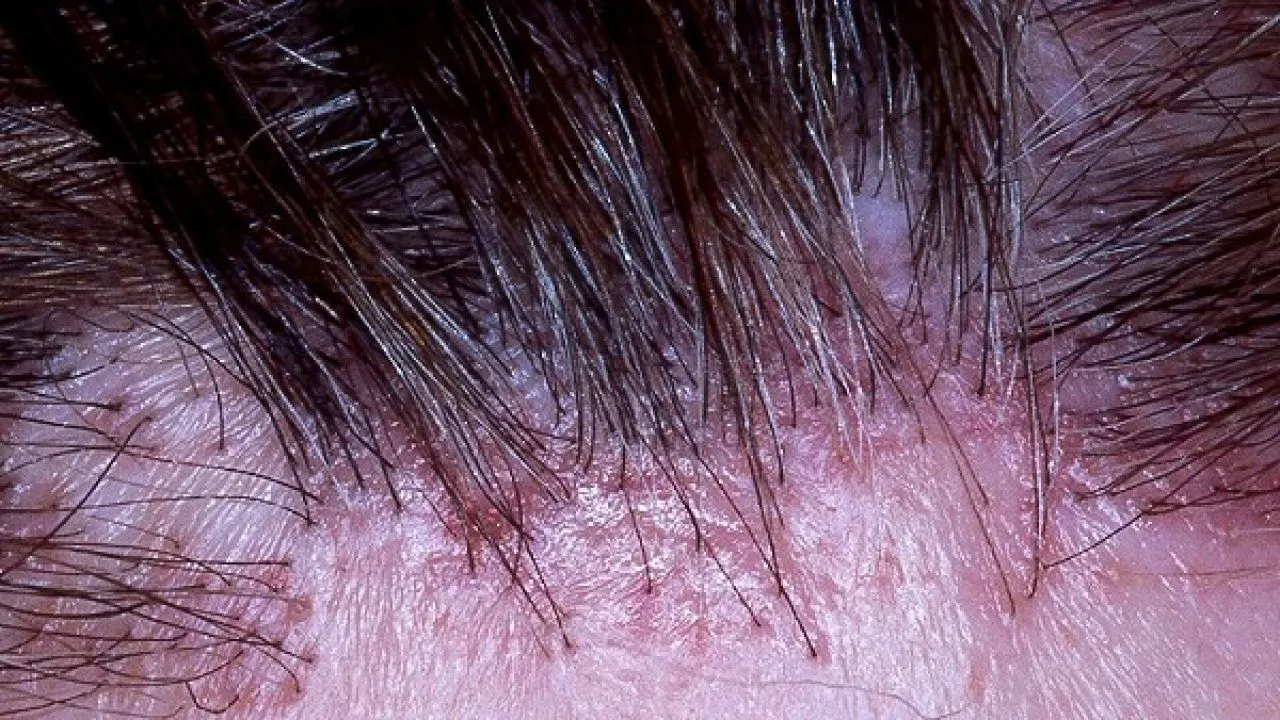
Still considerably unknown, the disease does not have a definitive cause, but it is possible that its emergence occurs due to immunological, neurological, psychogenic or exposure to heavy metals such as mercury and gold. It is identified by the appearance of weed balls along the scalp, and causes inflammation and itching.
Because it causes hair loss, it is recommended to use corticosteroids to prevent your total loss. In any case, it is essential to consult a dermatologist before making any decisions.
Care of the scalp
Despite all the possible problems caused by the complications of the scalp, there are some care indicated to ensure your health and good appearance. The neglect with the region influences the appearance of the hair in a whole, and for this reason, it is important to keep the roots healthy, without there being much secret when it comes to treating them.
1 – Washing
Primordially, it is crucial to abandon the washing of hair with hot water, responsible for stimulating the sebaceous glands of the scalp and increase the oiliness of the strands. Likewise, for those who like to wash their hair every day, it is recommended to decrease the frequency, as excess water and cleaning can result in the loss of natural oil. The effect turns out to be the opposite, forcing the glands to work in double dose to recover the natural lubricants, resulting in an even more fattened hair.
2 – Scalp rinsed
Likewise, not rinsing the hair well during washing can result in clogged pores on the scalp, preventing its nutrition. Above all, do not apply moisturizing creams and conditioners at the root, reserving them only for the tips. The use of 2 in 1 products is also not recommended, as they are thicker than the others, thus being more difficult to rinse completely.
3 – Use of dryer and flat iron
Even if the continuous use of dryer and flat iron is not a problem for the wires with the advent of thermal protectors, there is no solution for the effect of the appliances on the scalp. In addition to reducing the frequency of use of those more aggressive, such as the chapinha, it is indicated to keep the dryer at a minimum distance of 30cm, and the flat iron to an inch and a half.
4 – Hydration
Do you suffer from dry scalp with milder temperatures? In case of scaling, it is indicated to perform a hydration proper to the root, preferably with actives such as ammonium lactate and urea. Such components are recommended for their emollient power, and specific moisturizers prevent clogging of pores. Ammonium lactate retains water by providing hydration, while urea, in turn, breastfeeds the hair.
5 – Chemicals on the scalp
While certain procedures can impair the appearance of the hair over the long term, the same can happen with the scalp. The acid of the products used in progressives, permanent brush, for example, can result in burned roots, generating flaking. Before any decision, it is important that the professional performing the procedure does the sensitivity test.
Did you know that a balanced diet makes all the difference when it comes to good appearance of the wires? Different foods can help in different parts of the step by step hair care. Zinc, present in seafood, nuts and wheat germ, helps in reducing oiliness. Proteins, such as meat, milk and eggs, are responsible for good growth and strong strands. The omega-3 and omega-6s present in coconut oil, sesame and safflower, promote hydration. With proper care, your hair may be another.
What do you think of this matter? If you are interested, you may also like it on the scalp – Main causes and how to relieve discomfort
Sources: My Life, Uaaau, Uol, Estadão
Images: Estadão, Popular Total, Salonline, Hairssing Dermatology, Ideal Clinic, Leet Doc, Paranashop, Health Magazine

Sign up for our newsletter and stay up to date with exclusive news
that can transform your routine!
Warning: Undefined array key "title" in /home/storelat/public_html/wp-content/plugins/link-whisper-premium/templates/frontend/related-posts.php on line 12
Warning: Undefined array key "title_tag" in /home/storelat/public_html/wp-content/plugins/link-whisper-premium/templates/frontend/related-posts.php on line 13

